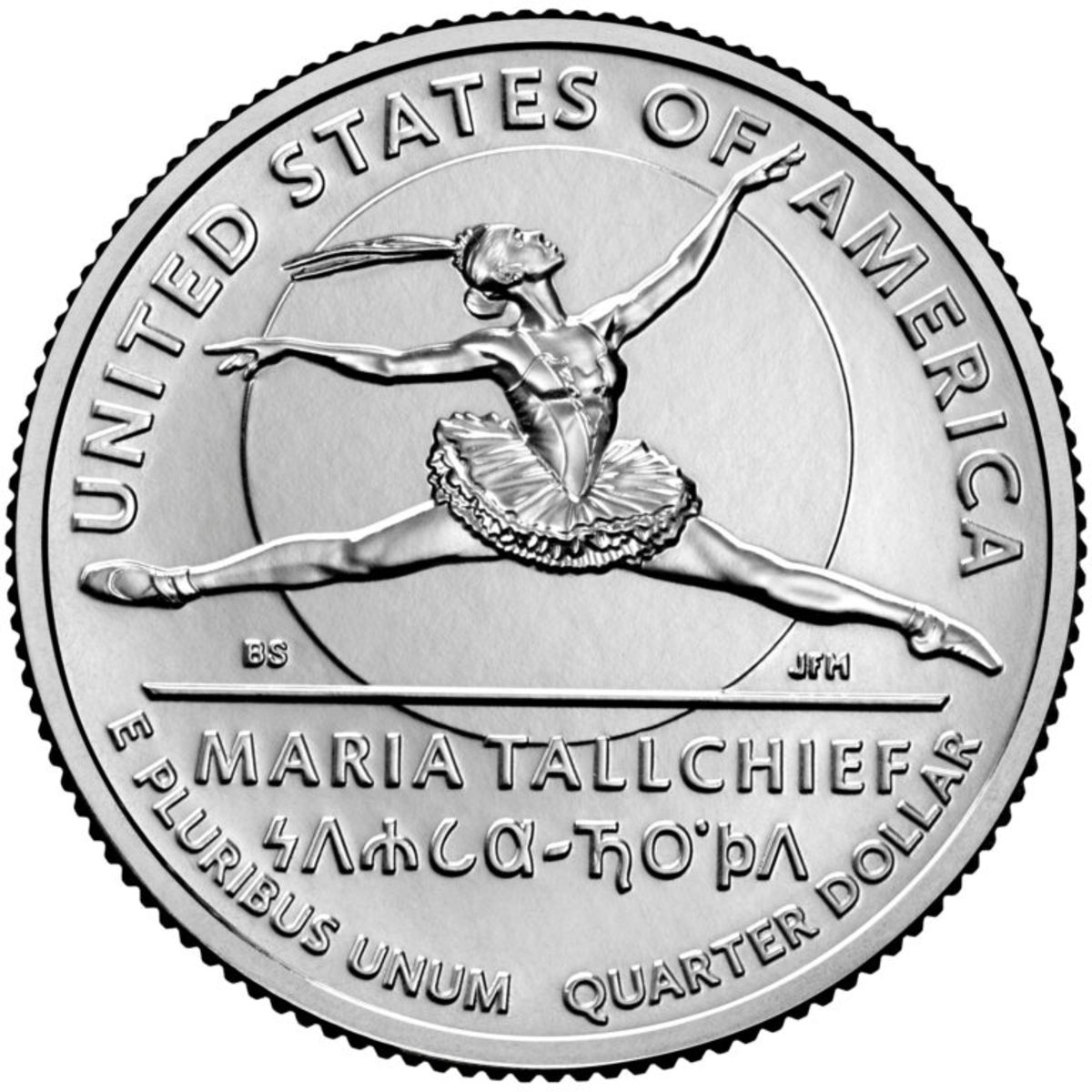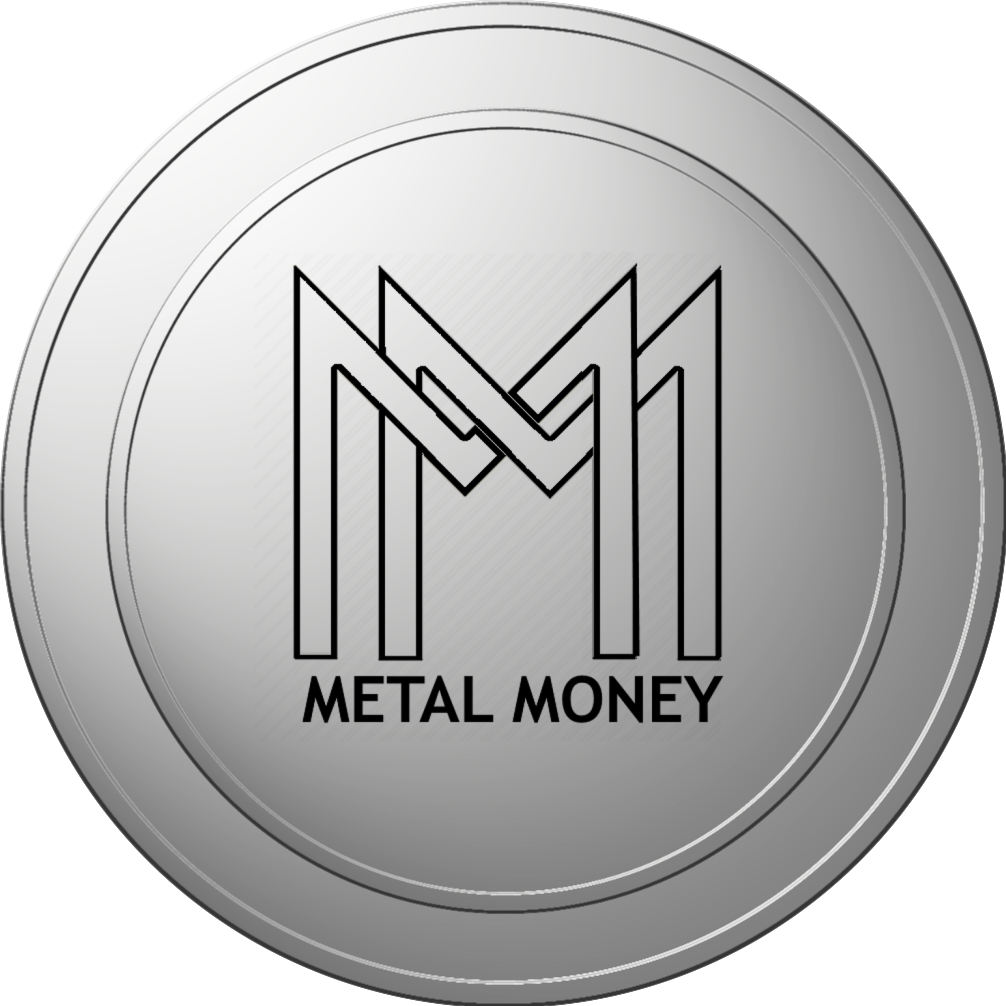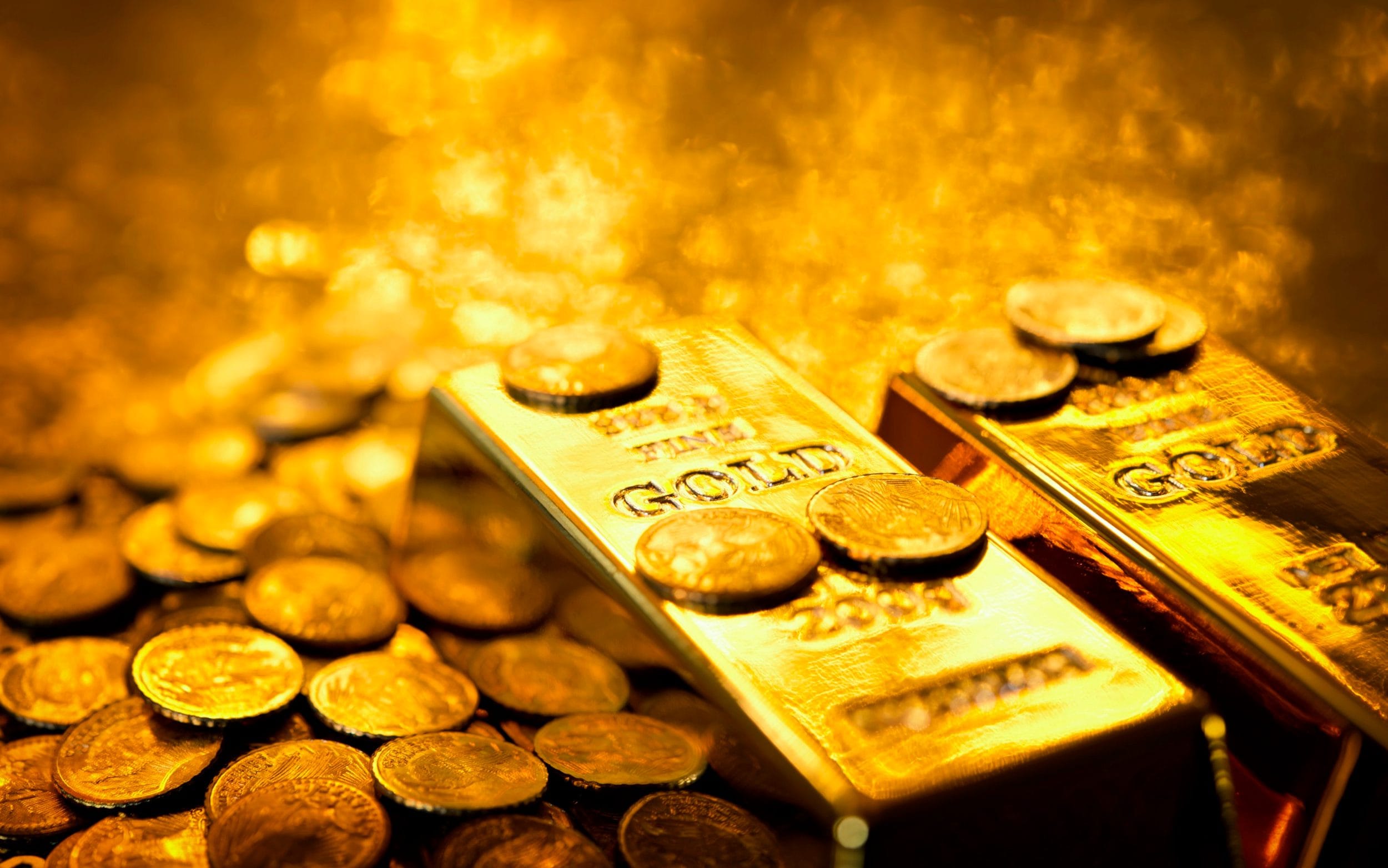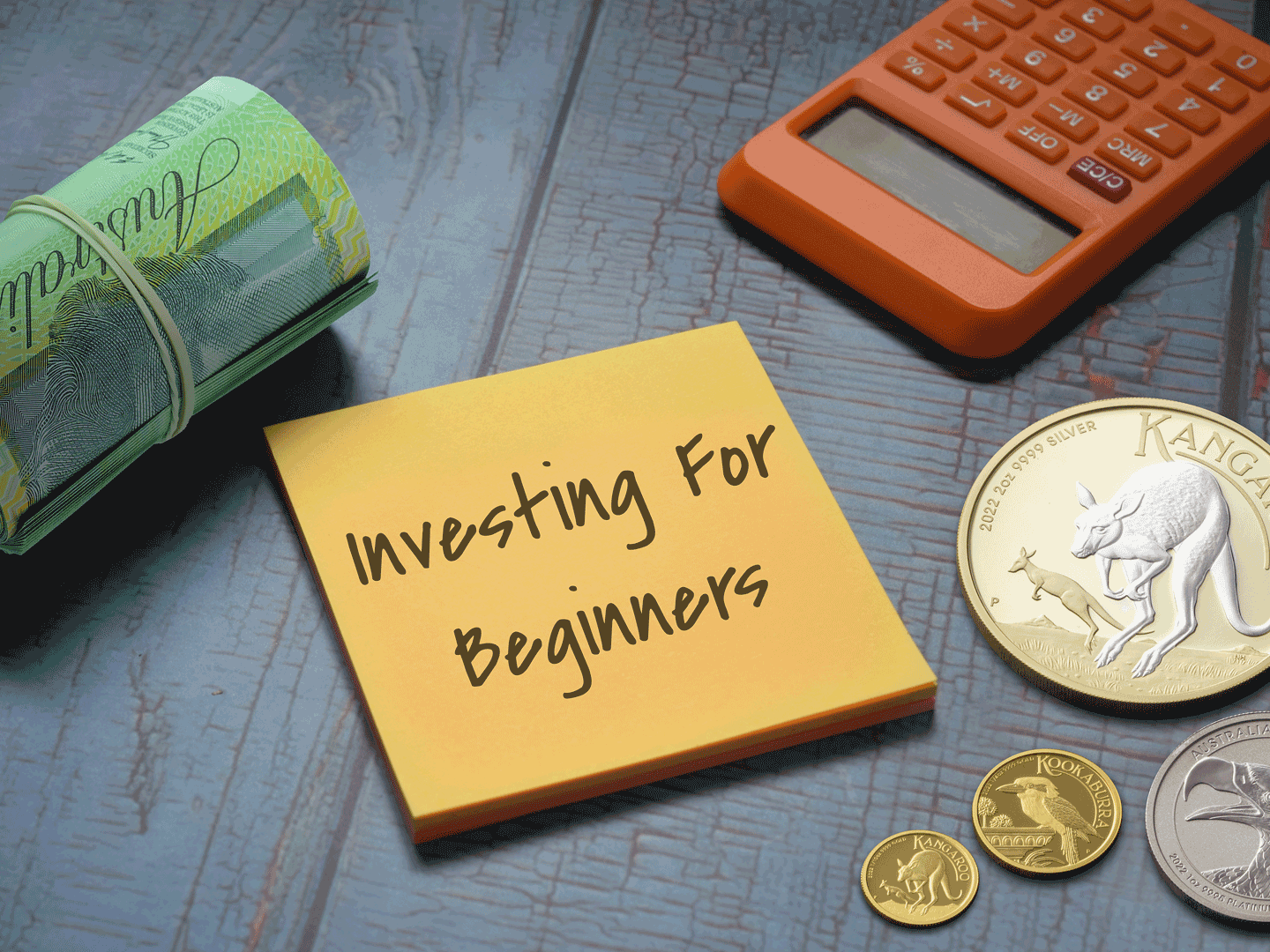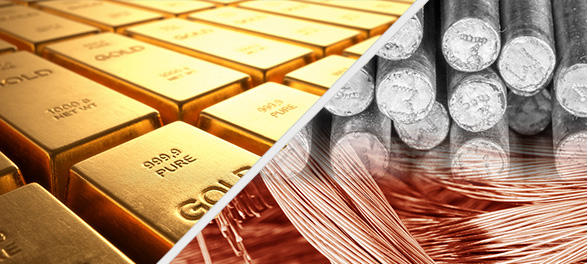Gold and silver have long been sought-after – from jewellery and coins to bullion and now even exchange traded products (ETPs).
But where do you start, and which types of precious metals are investors typically attracted to?
We’ve put together an uncomplicated overview of investment in precious metals with our four key takeaways.
This information is intended as general information only, and you should speak to a financial adviser or other professional before deciding to invest in precious metals.
1. Why do people invest in precious metals?
Precious metals are best known as a store of wealth and have been for generations. They can offer a strong long-term return, hedge against inflation and falling equities and are highly liquid, meaning you can easily convert it to cash if and when you need it.
Precious metals are also considered by many investors as alternatives to traditional investments like equities and bonds when looking at portfolio diversification.
2. What’s the difference between gold, silver and platinum for investment purposes?
As with stocks and shares, each metal choice depends on investors’ personal circumstances, budget considerations and the length of time investors want to keep their investments. Whilst there are benefits and risks in each, investors can use precious metals to complement other asset classes and broad-based portfolios.
There are a few differences with each metal, as outlined below:
Gold
According to the World Gold Council, “Gold is a liquid asset, ranking at levels comparable to many global stock markets […] Its liquidity is often sourced during periods of stress in the markets, one of its appealing qualities.”
As a global store of value, gold can also provide financial cover during geopolitical and macroeconomic uncertainty.
According to The Perth Mint’s SMSF Whitepaper, “For Australian investors, gold has historically been the highest performing single asset when equity markets have fallen.” Looking back on history, gold “has provided robust portfolio diversification because it is uncorrelated to equities”.
Typically it performs best when equity markets are weakest or when there’s global uncertainty. Gold also generally performs well during high inflation or weakening local currencies.
Silver
Silver’s advantage is that it’s significantly cheaper to buy 1oz of silver compared to say 1oz of gold. This makes it more accessible if investors are starting out or have a smaller budget. In terms of its use, silver is predominantly used for industrial purposes, including medical equipment, solar, batteries and electrical appliances. Because of its uses, the price of silver tends to be in line with economic growth, but this also makes it more volatile. In conjunction with professional financial advice, looking at the gold to silver ratio can help investors make an informed decision as to which precious metal to invest in at any given time.
Platinum
Like silver, Platinum is used widely for industrial uses as well as jewellery, but its price is influenced by geopolitical issues where it’s mined.
Currently, the majority of the world’s mined platinum comes from South Africa, Russia, Zimbabwe, Canada, USA and Australia. The main advantage of platinum is that it generally has a negative correlation with other assets and has historically done well in times of economic recovery.
3. Precious metals commonly purchased by investors
Bullion bars and coins
Pure gold and silver coins, cast and minted bars come in varying sizes and purchase options to suit different budgets, though with this option investors need to ensure they have sufficient insurance and security if they plan on storing the bullion at home. Alternatively, investors can opt to buy, sell and store their high value precious metals in secure vaults if buying from a reputable mint.
Exchange-traded products (ETPs)
Many investors manage their precious metal investments in a stockbroking account. For instance, The Perth Mint offers an exchange traded product (ETP) called PMGOLD (ASX code: PMGOLD) which allows trading in gold via a stock broking account, similar to shares on the ASX. This is a good option if investors would rather not store gold at their homes, however investors can choose to convert holdings into any of The Perth Mint’s available bullion bars.
4. Where can investors purchase precious metal?
Whichever precious metal you consider, it’s important to buy from a reputable dealer – one who will give a competitive price for accurately assayed gold and silver. It’s also wise to know that precious metal prices vary throughout the day depending on global political, economic and other influences.
Why The Perth Mint?
Whether buying for long-term investment, in preparation for uncertain times or as part of a diversified investment portfolio, The Perth Mint’s investment products combine the convenience of investment solutions with an age-old trusted store of wealth.
To reflect the ever-changing price for precious metals, the prices displayed on The Perth Mint website update every five minutes for retail customers and every 15 seconds for depository online (DOL) customers, when the global precious metals market is open.
Our metals are responsibly sourced and manufactured at The Perth Mint Refinery and we offer a range of storage options. Download our How to invest in precious metals guide for more information or visit www.perthmint.com/invest/information-for-investors/
*Gold’s strategic role | The relevance of gold as a strategic asset 2022 | World Gold Council. (https://www.gold.org/goldhub/research/relevance-gold-strategic-asset-2022/16747)
DISCLAIMER
Past performance does not guarantee future results. The information in this article and the links provided are for general information only and should not be taken as constituting professional advice from The Perth Mint. The Perth Mint is not a financial adviser. You should consider seeking independent financial advice to check how the information in this article relates to your unique circumstances. All data, including prices, quotes, valuations and statistics included have been obtained from sources The Perth Mint deems to be reliable, but we do not guarantee their accuracy or completeness. The Perth Mint is not liable for any loss caused, whether due to negligence or otherwise, arising from the use of, or reliance on, the information provided directly or indirectly, by use of this article.
